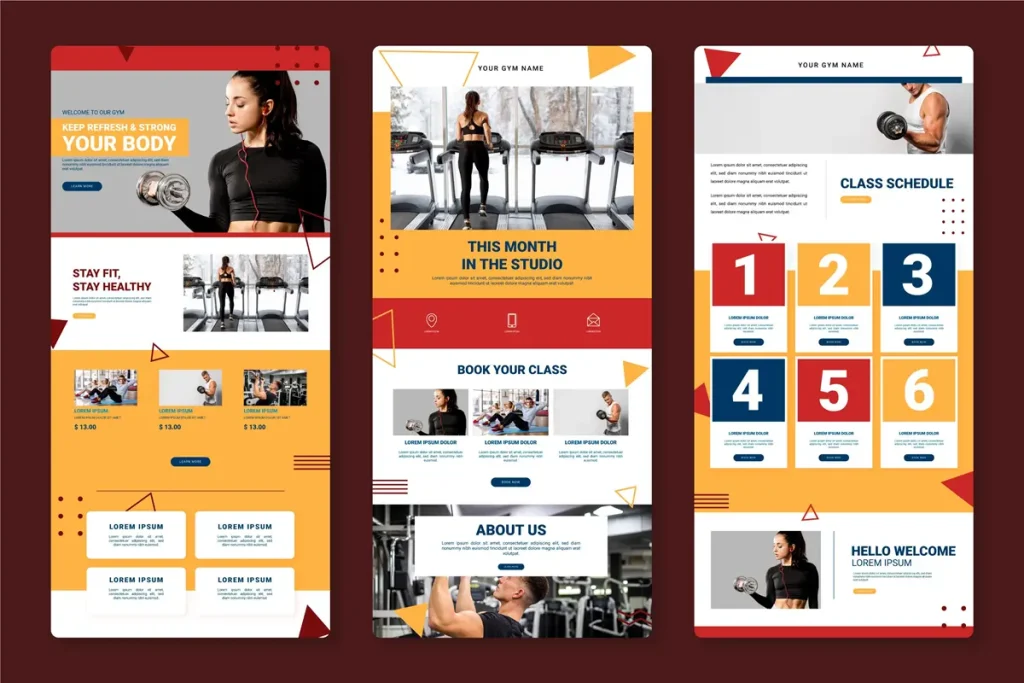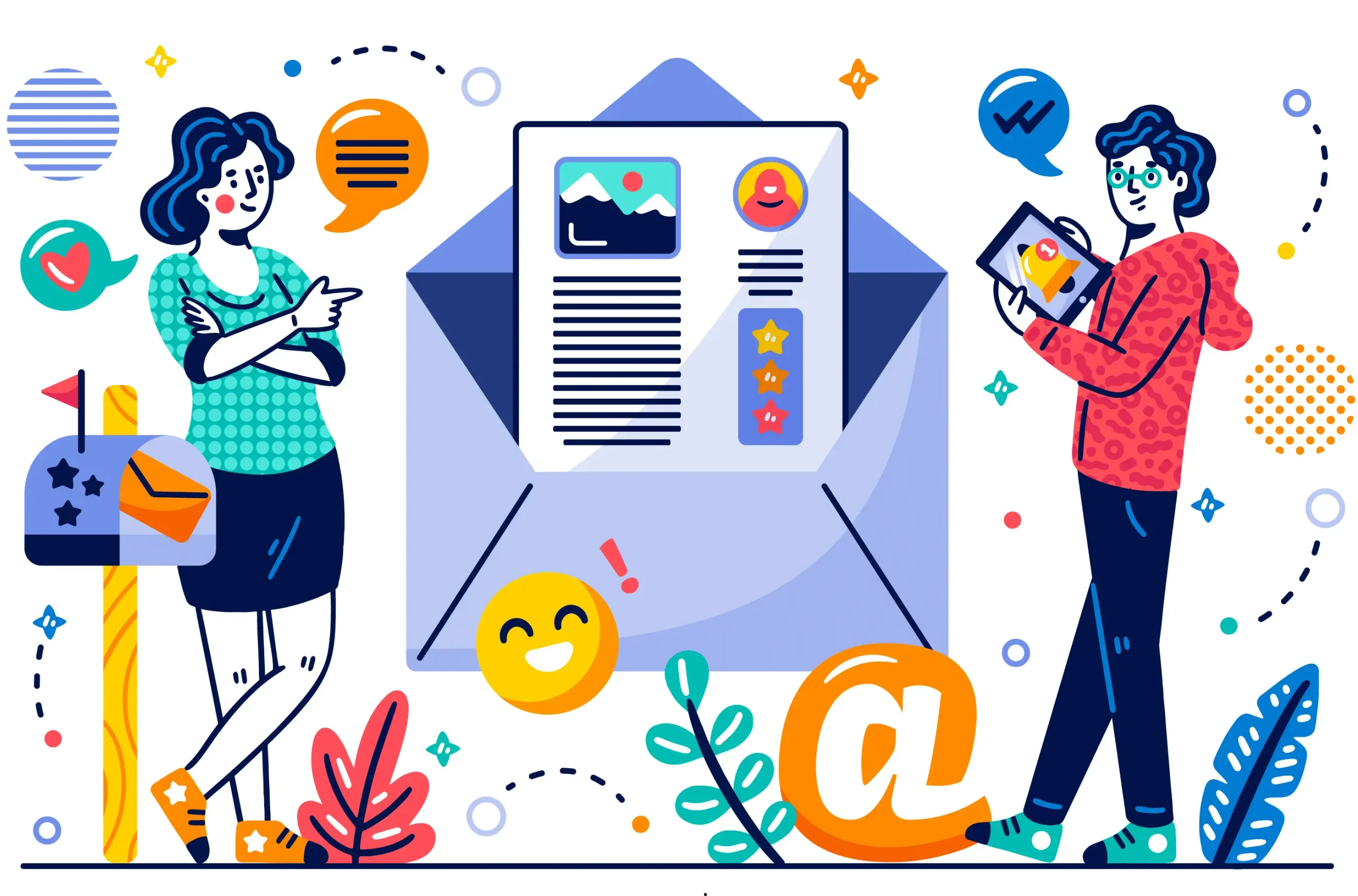If someone says, “Is email marketing still worth it?” or “What is the future of email marketing?” Then we have to say that email marketing has been an important part of digital marketing for decades, and it has changed in amazing ways over that time.
Statista says that by 2025, there will be 4.6 billion email users around the world. It’s clear that brands that want to connect directly with their target group need to pick the right communication channel. Still, it’s not easy to get suitable leads to notice you. In your content, you need to find a good mix between giving people useful information and promoting your brand.
Table of Contents
- What are the current trends in email marketing?
- What are the challenges and opportunities facing email marketers in the future?
- Which new technology are affecting email marketing?
- Which best practices will help email marketing plan in future?
- Examples of companies that are leading in email marketing innovation
- Final words
- FAQ’s
- How will email marketing change in the future because of the most important trends?
- What changes will AI make to email marketing?
- What part does tailoring play in email marketing plans for the future?
- In what ways does automation matter for the future of email marketing?
- If emails can talk back and forth, why are they important?
- What can businesses do to make sure their email marketing plans keep working?
- How will changes to the law effect email marketing?
- What new email marketing tools are coming out?
We’re on the verge of a new era in marketing, so it’s important to look at the current challenges, possibilities, and trends that make up email marketing now and in the future. This in-depth look will cover game-changing trends, new technologies, and the best ways to make sure that your plans will work in the future. It will also highlight the innovative companies that are leading the way in this ever-changing environment.
What are the current trends in email marketing?
- Personalization: In email marketing, personalization is no longer just a trend; it’s a must. With modern statistical analysis and artificial intelligence, marketers can write emails that are very specific to each person’s likes, dislikes, habits, and demographics.
- Interactive content: By adding polls, quizzes, and clickable places, email marketers are transforming the way subscribers interact with their emails. Interactive content not only gets people more involved, but it also gives you useful information about their likes and dislikes and how they act.
- Mobile optimization: Since most email views happen on mobile devices, emails need to be optimized for mobile devices. It is important for marketers to make ensure that their promotional emails look good and are easy to use and browse on smaller screens.
- Automation and AI: Automation is being advanced to a whole new degree by artificial intelligence (AI). AI allows for smart segmentation, predictive analytics, and even content production that is done automatically based on how users behave.
- User-generated vontent (UGC): To build trust and stronger relationships between brands and customers, get people to share their thoughts through reviews, recommendations, or social media posts, and make sure that this information stands out in emails.
What are the challenges and opportunities facing email marketers in the future?
Email marketing is an area that is always changing and has a lot of problems and opportunities. More people are worried about their privacy, and strict data protection rules like the CCPA and GDPR make things hard for marketers. To keep people from getting tired of email, we need creative ways to send useful information that focus on focused segmentation and personalization.
It is very important to keep up with how customers are acting. When it comes to how people read, connect with businesses, and decide what to buy, marketers need to change with the times. To stay ahead in a world that is always changing, you need to know how to use data analytics and understand the customer process.

Accessibility is now an important part of email marketing that can’t be skipped. Digital inclusion is becoming more and more popular, so marketers need to make sure that emails are easy for people with disabilities to read. This means making sure they work with screen readers, using readable fonts and color contrasts, and adding alt text to pictures.
It’s still hard to show that email marketing is worth the money spent on it. Marketers need to shift their attention from general analytics to attribution of campaign-specific income. It’s important to use models of attribution and advanced data to show how email marketing can be seen to increase sales.
Which new technology are affecting email marketing?
A study is underway on blockchain technology in order to make email security better and to find solutions to issues like phishing and fraudulent emails.
Email marketing is using augmented reality more and more, which adds to the realistic and captivating experiences.
In email marketing, voice technology is being used more and more as voice-activated products become more popular. Marketers may make emails better for voice searches and look into ways to add engaging voice answers to emails so that customers can have a nice, hands-free experience.
With predictive analytics, which is driven by algorithms that use machine learning and is being used more and more to give email marketers personalized and interesting content, they can automate procedures for making decisions, customize content, and guess how users will act.
Which best practices will help email marketing plan in future?
- Prioritize customer segmentation: Effective segmentation is the cornerstone of personalized email marketing.
- Invest in automation and AI: Embrace automation tools and AI technologies to streamline workflows, enhance personalization, and optimize the timing of email sends.
- Focus on omnichannel integration: Email marketing doesn’t exist in isolation; it should seamlessly integrate with other channels in a brand’s marketing ecosystem.
- Prioritize data security and compliance: In an era of increasing data privacy concerns, prioritize data security and compliance with regulations.
- Test and terate constantly: A/B testing is a powerful tool for optimizing email campaigns.
Examples of companies that are leading in email marketing innovation
Take inspiration from these successful email marketing companies:
The Clymb is an online fitness, adventure, and e-commerce store that offers affordable outdoor apparel brands.
Because their email campaigns are customized to each subscriber’s interests, people are kept interested and subscribed.
They send personalized recommendations, host stories, and travel insights, creating a sense of connection with their users.
Their recommendation system makes product suggestions based on browsing history, previous purchases, and comparable client profiles.
Most emails you receive from companies, particularly hotel chains, are highly promotional in nature; they may give you discounts or other incentives to book a stay with them, or they may inform you of a new offer they have for a specific area.
They created a tailored email using best practices for subscribers who asked for information from one of their universities.
The email’s feature description, located near the top, is succinct, emphasizes the advantage for clients who are price conscious, and includes an obvious call to action.
Final words
Moving in advance, we can see that email marketing is changing into a space where innovation, customization, and flexibility are key components. In the ever-changing realm of email marketing, marketers may successfully manage obstacles and seize previously unattainable chances for engagement, expansion, and achievement by adhering to these principles and keeping up with new developments in technology.
FAQ’s
How will email marketing change in the future because of the most important trends?
More personalized content, improved automation, the use of AI and machine learning, interactive email content, and the improvement of targeting and segmentation through big data are some of the most important trends.
What changes will AI make to email marketing?
Well, AI will improve email marketing by making it easier to personalize messages, guessing how customers will behave, figuring out the best time to send, and creating content automatically. This will make campaigns more successful and interesting.
What part does tailoring play in email marketing plans for the future?
It’s important to personalize because it boosts interaction and conversion rates. Hyper-personalization, which uses data to make content, offers, and suggestions that are specific to each person’s likes & dislikes and actions, will be a big part of future plans.
In what ways does automation matter for the future of email marketing?
For speed and scalability, automation is a must. It lets marketers make complicated, multi-step programs that automatically keep leads interested and customers interested at the right times.
If emails can talk back and forth, why are they important?
Interactive emails have things like quizzes, surveys, and material that you can click on right inside the email. They’re important because they make people more interested and give users a more varied experience.
What can businesses do to make sure their email marketing plans keep working?
Businesses should keep up with changes in their industry, use data analytics, test and improve their ads all the time, and make sure their subscribers get value and relevance from what they receive.
How will changes to the law effect email marketing?
New rules like GDPR and CCPA put more emphasis on protecting and privacy of data. Marketers will have to make sure they follow the rules by being clear about how they use data, getting clear permission, and following subscribers’ choices.
What new email marketing tools are coming out?
AI and machine learning, advanced analytics tools, CRM integrations, and new email systems that support dynamic content and real-time updates are some of the new technologies that are coming out.



